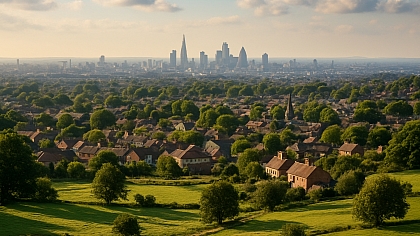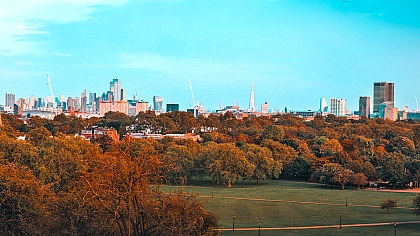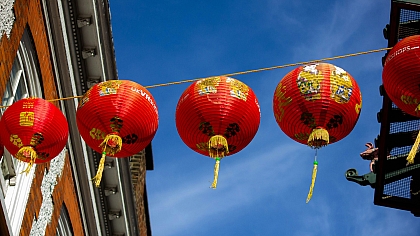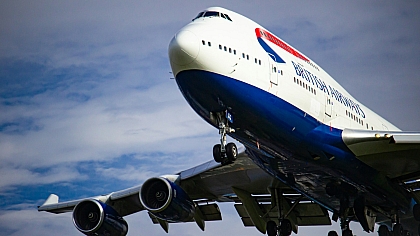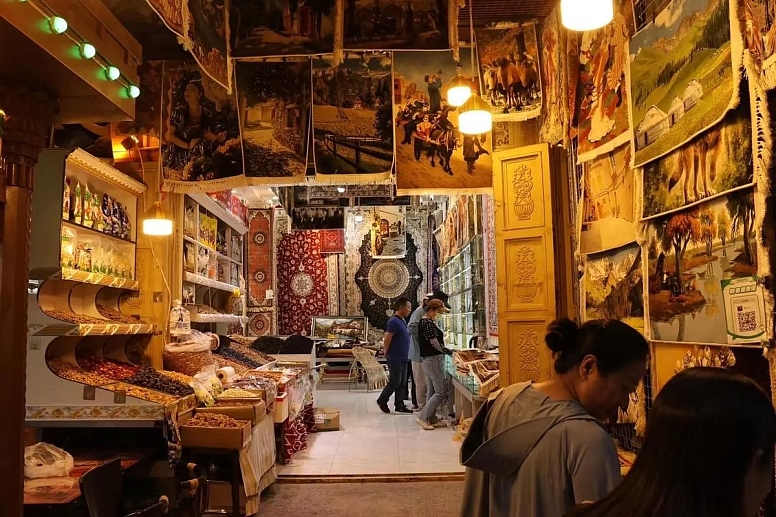
Why Xinjiang is Key to China’s Silk Road: Past & Present
Explore Xinjiang's Silk Road legacy, ancient ruins, vivid cultures, and best travel seasons—where East meets West in history and modern Belt & Road revival.
Xinjiang’s Role in the Ancient Silk Road
Xinjiang has played a key role in the ancient Silk Road trade routes for more than 2,000 years. It stands at the meeting point of East and West. Ancient caravans from Rome, Persia, India, and China all passed through this land. It was a global crossroads long before the word “globalisation” existed.
Xinjiang’s deserts were deadly and unpredictable, seemingly impossible to navigate without modern technology. The Taklamakan is one of the world’s largest deserts, and people call it “The Sea of Death”. Sandstorms could erase paths in seconds. Still, traders came. They risked the journey for silk, jade, spices, and glass. Camels carried their goods across endless sand. These brave merchants helped connect two continents. Some routes skirted the desert’s edge; others cut through its centre. Merchants from different cultures passed here. They left languages, religions, and ruins behind.
Xinjiang’s Strategic Importance Today
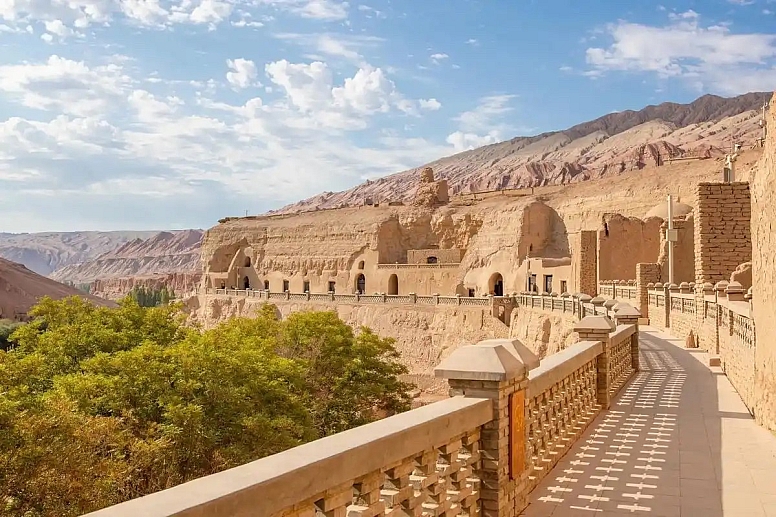
You can’t miss out on Xinjiang for the most comprehensive China Silk Road tours! Today, visitors can still see that legendary history. The Xinjiang Silk Road ancient ruins are world-famous. The dry climate in Xinjiang helped preserve ancient sites for centuries. The Jiaohe Ancient City rises from a plateau, carved directly from the earth like a ghost town made of clay. Further east, the Bezeklik Thousand Buddha Caves stare silently from red cliffs, their painted eyes faded but watching still. Here, silence hums with old voices of monks, merchants, and travellers who vanished long ago. Their stories are etched in murals and whispered through sand-swept passageways.
Xinjiang is not just history frozen in sand. It is moving forward fast. As a core zone in China’s Belt and Road Initiative, it now connects China to Central Asia, the Middle East, and Europe. The region borders eight countries and holds massive highways, railways, and trade zones. Its role as a bridge between past and future, between Asia and the world, is stronger than ever.
Exploring Xinjiang Through Tailored Tours
Travellers looking to experience this legendary region firsthand can choose from a wide variety of expertly crafted Xinjiang tours. Each city is a different voice in Xinjiang’s song—some bright, some worn, all alive. Our tours lead you past desert mosques, Silk Road bazaars, and crumbling watchtowers. Guides don’t just explain—they unlock the ground beneath your feet. Travellers walk where traders once led camels, where monks whispered prayers to stone Buddhas. The roads are paved now, but the rhythm is the same.
Best Time to Visit Xinjiang and Weather Insights
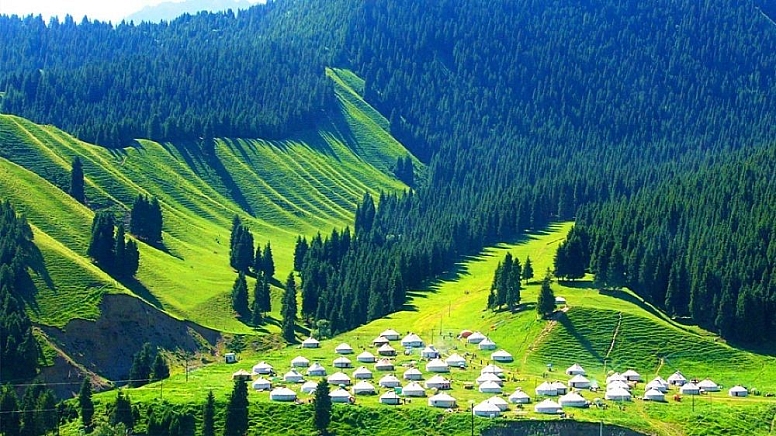
Understanding Xinjiang weather is essential for a smooth travel experience. The land is vast—bigger than most countries—and its skies behave like they have different rules. In the south, the Taklamakan Desert burns gold under a sun that feels ancient and merciless. Far to the north, the Tianshan Mountains wear snow like armour, even in late spring. Heat scorches. Cold bites. The land doesn’t care if you’re ready. So, timing matters.
The best time to visit Xinjiang is during spring or autumn, which are April to June, and September to October. During these months, you can enjoy sunshine without getting burned, and the wind turns kinder in these months. Fields bloom in the valleys. Light spills over canyon walls. The mountains open up just enough to let you pass.




